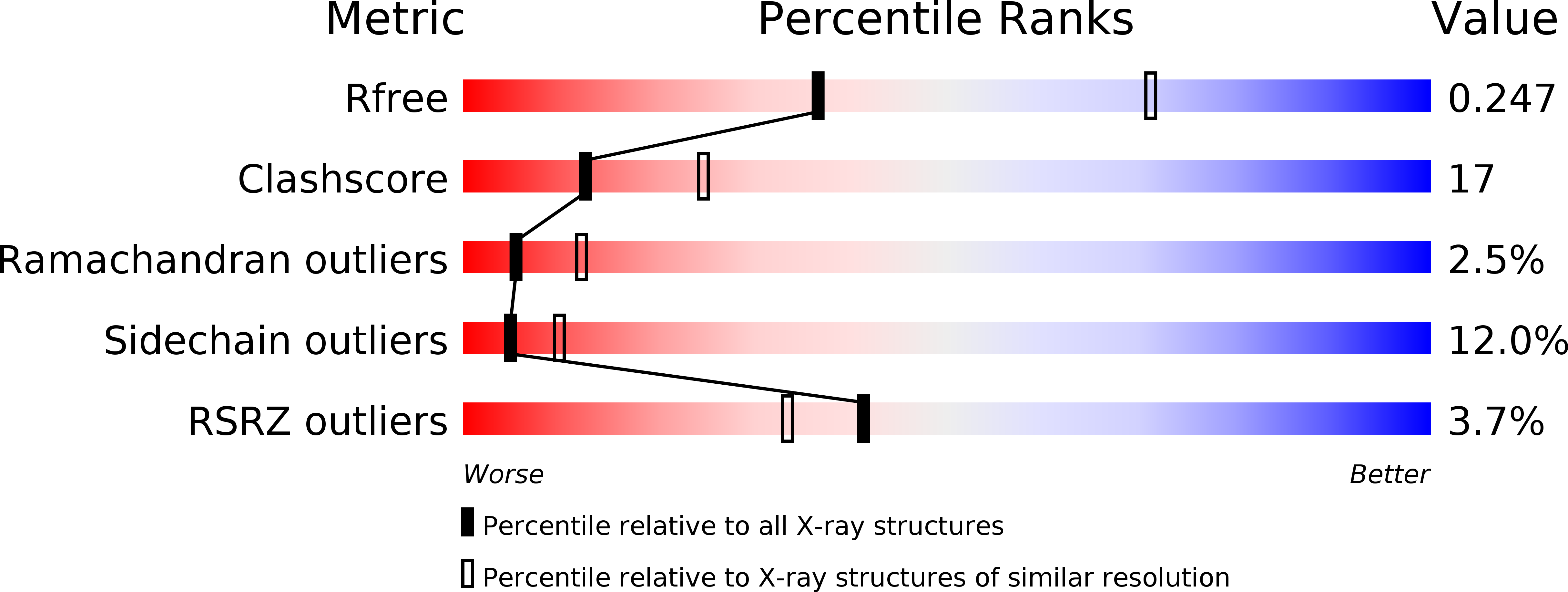
Deposition Date
2011-07-19
Release Date
2011-08-03
Last Version Date
2023-09-13
Entry Detail
PDB ID:
3T06
Keywords:
Title:
Crystal Structure of the DH/PH fragment of PDZRHOGEF with N-terminal regulatory elements in complex with Human RhoA
Biological Source:
Source Organism:
Homo sapiens (Taxon ID: 9606)
Host Organism:
Method Details:
Experimental Method:
Resolution:
2.84 Å
R-Value Free:
0.25
R-Value Work:
0.20
R-Value Observed:
0.21
Space Group:
P 1 21 1


